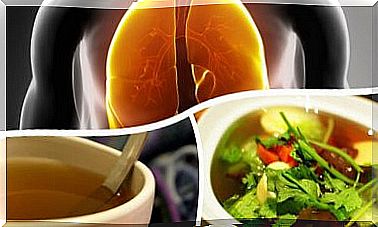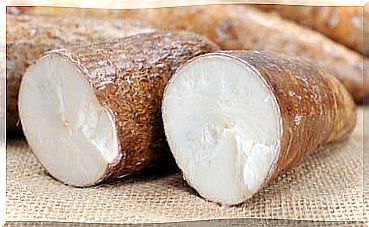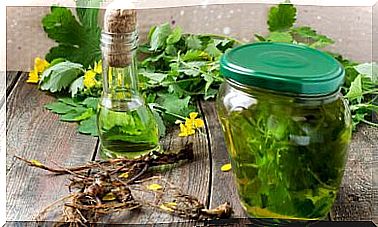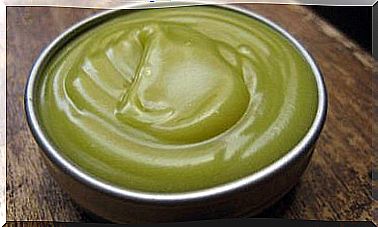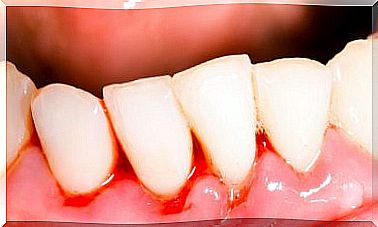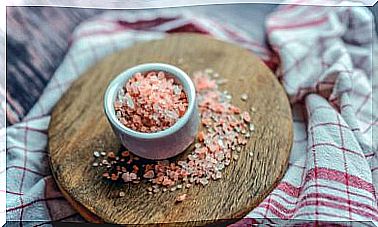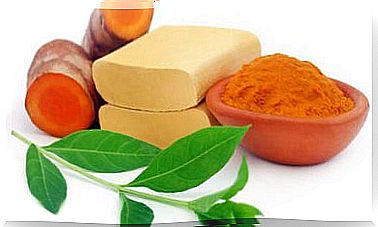What Are Phytonutrients And What Are Their Benefits?
Phytonutrients are plant chemicals, which is why they are also called phytochemicals. Find out more about its properties at the health level below.
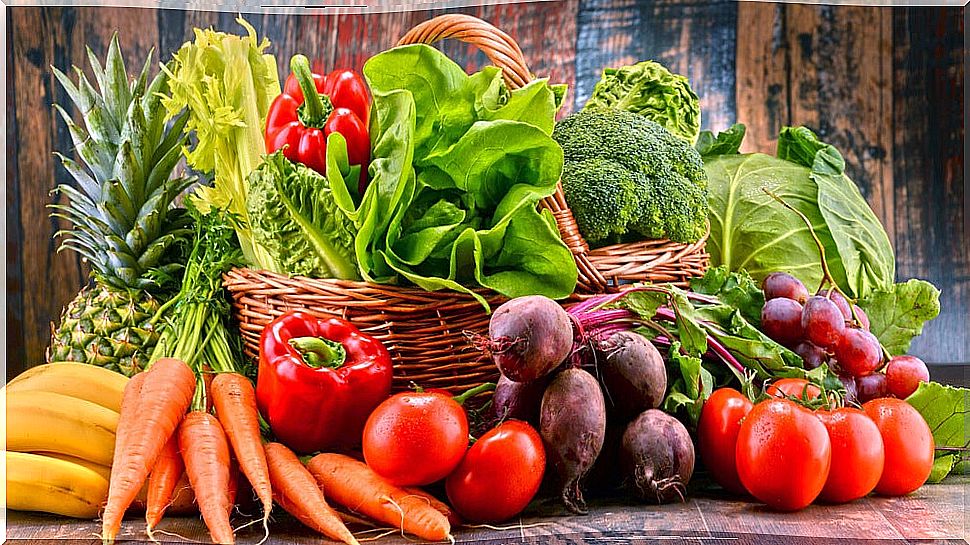
Have you heard about phytonutrients ? Do you know what they are and how they help the body? In this article you will discover that these are one of the most common elements in the diet. In addition, they are beneficial for health and easy to obtain.
Before starting, we must emphasize that food, to be healthy, must be varied. This ensures the supply of all essential nutrients, including the flavonoids present in vegetables with a marked antioxidant and anti-inflammatory action.
What are phytonutrients?
The Phytonutrients are plant chemicals themselves so also called phytochemicals. The function of these chemicals is to protect plants from environmental threats such as insects, fungi and germs, among others.
Phytochemicals are not vital to the human body, but if you consume them they can improve health, according to a study published in Microbiological Research . To do this, it is enough to consume plant foods of various colors and types. It is estimated that there are more than 25,000 phytonutrients available in nature. For this reason, they are classified into several groups for study.
Types of phytonutrients
Here are the main types of phytonutrients :
Carotenoids
The first group of phytonutrients are carotenoids. Of these there are about 600 different types and when you consume them they act as antioxidants in the body. This means that they fight free radicals and their negative effects.
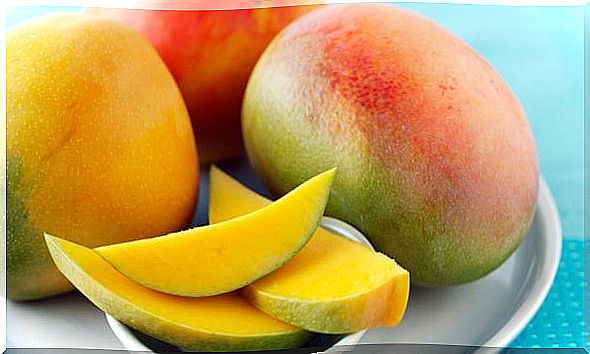
These phytochemicals can be obtained from yellow plants ( mango and pineapple), oranges (carrots and papaya) and reds (tomatoes and red pepper). By consuming them, the body can convert them into vitamin A. Therefore, they help the immune system and improve eyesight.
Lignans
The second group of phytonutrients have an effect similar to the estrogens that your body produces naturally. For this reason, they are also called phytoestrogens. Some of the foods that contain lignans are strawberries, broccoli, and peaches.
You can also find them in sesame seeds and flax seeds. Among the benefits of lignans is their ability to prevent cancers associated with hormones , such as the endometrium and ovary. They also help combat the effects of menopause and postmenopause.
Resveratrol
The third group of phytonutrients is well known to be an ingredient in red wine. The reality is that you can get it from grapes, peanuts, cocoa, and blueberries.
Two of the benefits of resveratrol is that it can stop cognitive degeneration and improve blood flow to the brain. It has also been investigated for its benefits for type two diabetes patients and improvements in insulin sensitivity have been noted. This is stated by a research published in Biochimina et Biophysica Acta.
Curcumin
We have already talked about curcumin before. But in case you still do not know it, you should know that it is a common element of turmeric. This chemical is the cause of that characteristic yellow color. Curcumin has been a common ingredient in Indian cuisine. In this culture it is believed that it helps to treat from minor annoyances to major health problems.
Over the years, these types of phytonutrients have been proven to help fight cancer. Also, it reduces the growth of cancer cells. Curcumin helps lower LDL cholesterol levels that affect heart health and raises HDL cholesterol, which is beneficial.
Ellagic acid
This type of phytonutrient is also called tannin and you can get it from walnuts, pomegranates, blueberries, blackberries and strawberries. This phytonutrient has anti-inflammatory, anti-cancer, and antioxidant effects. They also help reduce blood pressure and arterial plaque so the heart will be healthier.
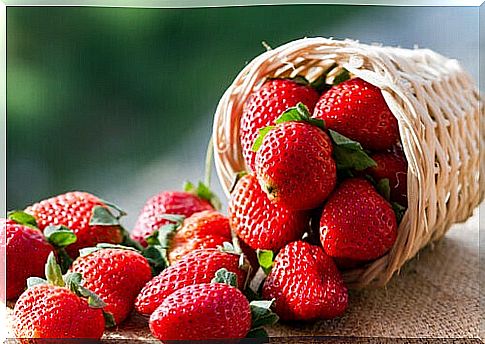
In case you have liver problems, this acid can detoxify it and fight the toxins that make you sick. This does not mean that you will have a completely healthy liver without effort. However, it will help you regain health.
Flavonoids
The last group of phytonutrients are flavonoids, of which there are several groups such as flavonones, anthocyanins, and flavanols. This group of phytochemicals is easy to obtain as they are in a large amount of foods, such as broccoli , lemon, tomatoes, coffee and red wine. Flavonoids are often mentioned as one of the chemicals that help reduce the effects of age, heart problems, and cancer.
Phytonutrients and phytochemicals, important elements of the diet
We are sure that now you will better understand the effects of phytochemicals and will have more reasons to eat a variety of plant foods. Remember that although they are not vital, they are of great help to promote good health. Finally, do not forget to exercise and consult with your doctor in case you have more questions or want more information.
